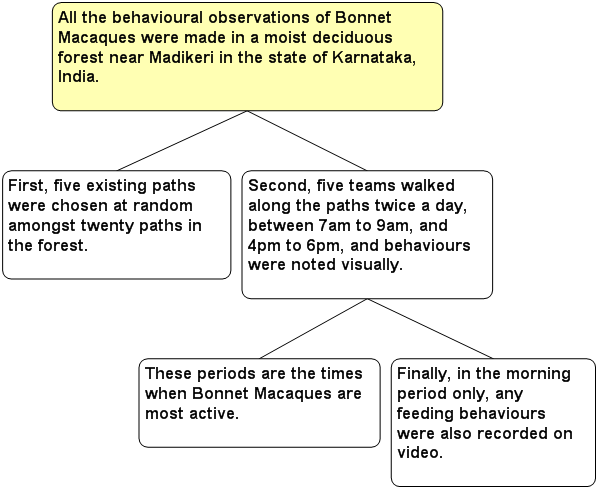The Science Of Scientific Writing Set A Intro to Paragraphs Features of Maps Examples of Maps Exercise 1 Quiz Diverse Organising Principles Example Exercise for Exercises 2-4 Exercise 2 Exercise 3 Exercise 4 Adding Non-core Content Exercise 5 Exercise 6 Exercise 7 *Exercise 8* Final Page.
OVERVIEW: The way to well-written science
PART I: Paragraphs and Sentences
SET A: Paragraphs: The Maps Behind Them
SET B: Paragraphs: Using Maps to Meet Readers' Expectations
SET C: Paragraph Coherence and Cohesion
SET D: Sentences
SET E: Scientific Sections (including Methods)
SET F: Scientific Sections: The Discussion
SET G : Scientific Sections: The Introduction
SET H : The Paper as a Whole
Explanation of Exercises 2-4
 In Exercises 2-4 you will construct various types of maps. In brief:
In Exercises 2-4 you will construct various types of maps. In brief:
- You will be supplied with a set of sentences
- Using the work area of Rationale you will arrange the sentences in a hierarchical map.
The content of the paragraphs has been chosen so as to give you practise in the types of thinking involved in organising paragraphs in the descriptive/report sections of a scientific paper (i.e. Materials and Methods/ Results).
Hints
In making decisions as to which is the Sentence appropriate for the top box of the map, and what is the "correct" sequence for the rest of the sentences, keep these ideas in mind:
- Look for ways to apply one or more of the primary and secondary Organising Principles
- Look for words or phrases that act as explicit guides to the sequence of (at least some of) the sentences, for example: First, secondly, in conclusion.
- Look closely at the beginning of sentences because that is a place where writers often repeat words that are taken from the previous sentence.
Worked Example
Here is a worked example of what you will be doing in exercises 2-4.
1. You will start with a set of sentences (from a pre-written paragraph) whose order has been scrambled.

2. You will be asked to drag these sentences from the Text Box area onto the Rationale Workspace area (the central section).
3. Next, you will try to work out which is the Sentence for the top box and a tentative Organising Principle, and then what is the most sensible arrangement of the secondary sentences, creating a hierarchical diagram as you go. This is the diagram I came up with for the five sentences above:

Alternatively, you might think the sentence that begins with "Finally..." nests better under the "Second..." sentence, and prefer this diagram:

Either is fine.
Want to know more? If you want to see how I came up with the map above in more detail, click here. The map explanation will open in a new window. Close the window when you're finished.
......